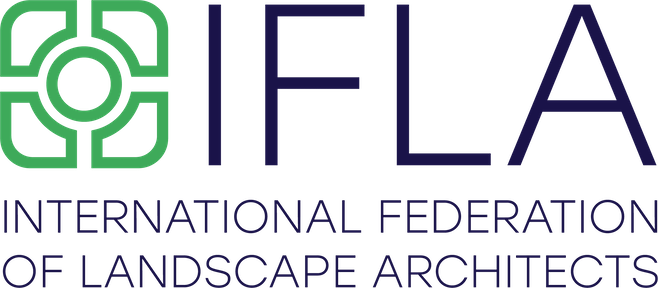Circular Cities Summit 1.0: An Interview with Damian Tang
On November 14th and 15th, 2023, Singapore hosted the first edition of the event Circular Cities Summit. Leaders of the world's foremost professional organizations participated, signing a groundbreaking alliance for sustainability. This was an historic moment symbolizes a unified commitment to forging a resilient, collaborative front against climate crisis, pledging to integrate Landscape Architecture, Urban Planning, Engineering, and Architecture in a landmark Memorandum of Understanding. This unity symbolizes a commitment to innovative collaboration, pushing the boundaries of their fields to combat the climate crisis, and beyond. In fact it is more than a commitment — it's a call to action for every individual to become an active participant in shaping a resilient and Sustainable Future.
We had the opportunity to interview with Professor Damian Tang (Chief Sustainability Officer, Uniseal Global & Organizing Chair, CCS 1.0 Singapore) and we thank him for his availability and, above all, for his inspiring words.
Can you tell us about the relevance of the multidisciplinary approach to the Landscape, in order to achieve innovation, transformation and sustainability?
Damian Tang (DT): A multidisciplinary approach to the landscape is like a symphony of knowledge, where ecologists, architects, sociologists, and technologists collaborate. And it definitely goes beyond different groups of professionals and specialists. This synergy allows for a comprehensive understanding of environmental, social, and economic aspects, fostering innovative solutions that balance human needs with ecological sustainability. The integration of diverse expertise and collaboration is key to navigating the intricate challenges of modern landscapes, paving the way for transformative changes and long-term ecological resilience.
Human studies refer to landscape as the combination of bodies and stories that have shaped it. What kind of shape are we giving to the present landscape and what vision or dream should we develop to make an impact resonates for generations?
DT: The interpretation of landscapes is multifaceted, influenced by diverse academic disciplines and cultural perspectives. Stripped of predetermined shapes, landscapes reveal their intrinsic values as core environmental systems. Our current landscape is a canvas molded by swift urbanization, technology, and resource use. To create a lasting impact, envision a landscape where ecologically sensitive urban designs, renewable energy, regenerative systems, and sustainable practices converge. This vision entails not just environmental stewardship but also fostering a sense of community and connection to nature, ensuring a legacy that stands the test of time and resonates with the values of future generations.
What was the most unexpected and surprising outcome temerged from the Circular Cities Summit?
DT: The Circular Cities Summit yielded an unforeseen and remarkable result—an unprecedented consensus on collaboration transcending professions and industries. Although discussions on this topic aren't novel, the actions declared and commitments demonstrated by four eminent world professional bodies—the International Federation of Landscape Architects, International Society of City and Regional Planner, the International Union of Architects, and World Federation of Engineering Organizations—through the MOU and desire to outline a circular cities roadmap have sparked inspiration and prompted proactive measures. This global-to-local industry commitment not only instills hope but also revitalizes confidence in the potential for a synchronized collaboration across diverse sectors. We were also surprised by the support of ambassadors and dignitaries from many different countries who have came to join us and witnessed the landmark MOU signing ceremony.

